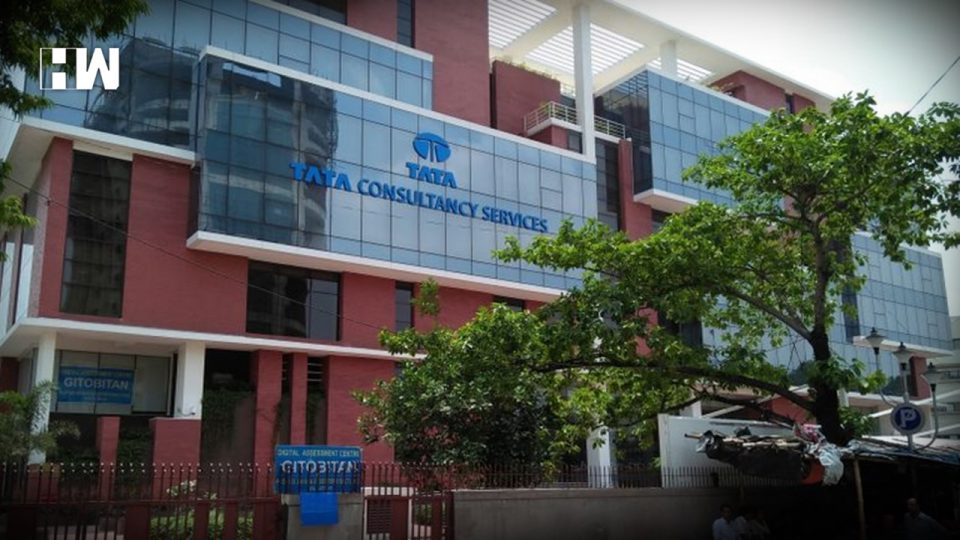Have you ever thought who earns how much in India’s biggest companies? Well, a recent report published by the Economic Times will definitely want to make you quit your job and join these corporate behemoths that are doling out salary packages in excess of ₹ 1 crore a year like sweets on Diwali.
According to the report, the total number of employees earning in excess of ₹ 1 crore per year at India’s largest IT services company, Tata Consultancy Services (TCS), stands at 103 employees for FY 2019; up from 91 in FY 2017. This figure of 103 employees does not include its CEO Rajesh Gopinathan and COO NG Subramanium and also does not include salaries of executives based outside India. And, considering TCS has a large presence outside the country, one can expect this number of crorepati employees to be significantly north of 103 if included. In comparison, its rival Infosys has over 60 employees earning in excess of the coveted ₹ 1 crore mark.

The table gives us an idea of the top Indian executives of TCS and how much compensation they rake in. However, it is to be noted that this amount excludes stock options which vary every year and are paid in addition to the fixed amount as depicted.
 TCS is known to have a very good retention rate for senior executives and its success stems from its ability to give people leadership roles without losing them to rivals. The proof of the pudding of TCSs’ success lies in the fact that nearly a quarter of these 103 employees earning in excess of ₹ 1 crore began their career at TCS.
TCS is known to have a very good retention rate for senior executives and its success stems from its ability to give people leadership roles without losing them to rivals. The proof of the pudding of TCSs’ success lies in the fact that nearly a quarter of these 103 employees earning in excess of ₹ 1 crore began their career at TCS.
Moving on from India’s largest IT services company to its largest consumer goods company – Hindustan Lever Ltd. (HUL). Here, the crorepati club has risen 25% in FY 19 from 114 last fiscal year to an impressive 143. Further, nearly half of the managers in this elite club were below the age of 40.
The trend of employees earning in excess of ₹ 1 crore in HUL, after showing a downward trajectory for the last 4 years because of the company’s decision to merge several job roles, has finally reversed in FY 2018-19 and shown an increase by 25%. This upward trend was seen in spite of the median remuneration of employees falling 4.2% during the year.

HUL Chairman Sanjiv Mehta’s total remuneration fell nearly 3% to ₹ 18.88 crore for FY 2018-19 even as the company posted a 15% increase in net profit.
A very interesting remuneration policy adopted by managers in HUL (often referred to as CEO Factory) is that they have the option to defer a part of their bonus and receive a larger amount (higher than what they deferred) based on the company’s performance in the following three years; this not only encourages retention of top level employees, but also provides them an incentive to improve the company’s performance.
As an independent media platform, we do not take advertisements from governments and corporate houses. It is you, our readers, who have supported us on our journey to do honest and unbiased journalism. Please contribute, so that we can continue to do the same in future.

